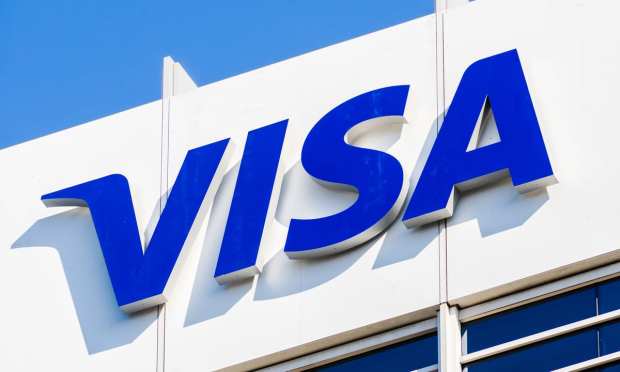Why Visa Thinks Tink Is The Way To Go For Open Banking

Barely five months after abandoning its bid to buy data Plaid, Visa is again going the data aggregation route — but this time in open banking’s proverbial backyard.
As reported Thursday (June 24), the payments network said it had struck a deal to buy Tink for the equivalent of $2.1 billion.
Tink operates as a European open banking platform where a range of financial services firms — from financial institutions to FinTechs to other stakeholders — can build new products and services tied to that data.
Open banking enables consumers to consent to their data (held by traditional financial institutions) being used by third parties as they craft new offerings. Open banking is part of PSD2, which entered into force in 2016, and where open banking took effect in 2018.
By buying Tink, we contend, Visa is broadening its open banking reach right in Europe, which is open banking’s ground zero.
Point Of Access
In terms of mechanics, Tink’s API is the point of access to bank information.
In the release announcing the deal the companies said that Tink is integrated with more than 3,400 banks and financial institutions (FIs), reaching millions of bank customers across Europe. Tink will keep its branding and management team in place after the deal.
It’s important to note that the deal is subject to the customary regulatory review and approval. And it’s important to note that it is scrutiny that led, in part, to Visa’s dropping its Plaid bid. Visa walked away from its proposed Plaid buy in January of this year, in the wake of an antitrust investigation by the Department of Justice. A suit by the DOJ maintained that Visa would have gained a monopoly in the digital debit card space.
At the same time, late last year, Mastercard closed its deal to buy Finicity, which brings its own open banking efforts to bear in North America.
Visa, then, is making a play to buy Tink in a market where open banking is already mandated by government forces, versus grabbing a data aggregator like Plaid in a market like the U.S. where, well, market forces are shaping how open banking progresses.
Pulling together data from a range of sources that span a continent (that would be the FIs, the mortgage firms, etc.), the connectivity of open banking, enabled by the aggregator, is key. One might think of the aggregator, and the API, as the connection that enables the connectivity and the data “pull” upon which new products and services are based.
For the merchants, for the businesses that use the range of new payments modalities, products and services that are on offer, and will be on offer from the third-party providers, the lure of account-to-account payments is that they would pay lower interchange fees. For the card networks, of course, the conventional wisdom is that they would lose at least some volume (and thus some card-related volume) right in the midst of a time where online card payments are exploding.
But some of the same guiding principles that brought Plaid into Visa’s sights last year remain in force. As noted in this space when that deal was struck, Visa CEO Al Kelly said, “Plaid opens up new market opportunities by significantly expanding Visa’s network capabilities,” that would help extend integrated payment solutions and value-added services as Visa broadens its network of bank partners and FinTech partners, and the “network of network” effects. That same theme now is being more roundly sounded on the Continent.
